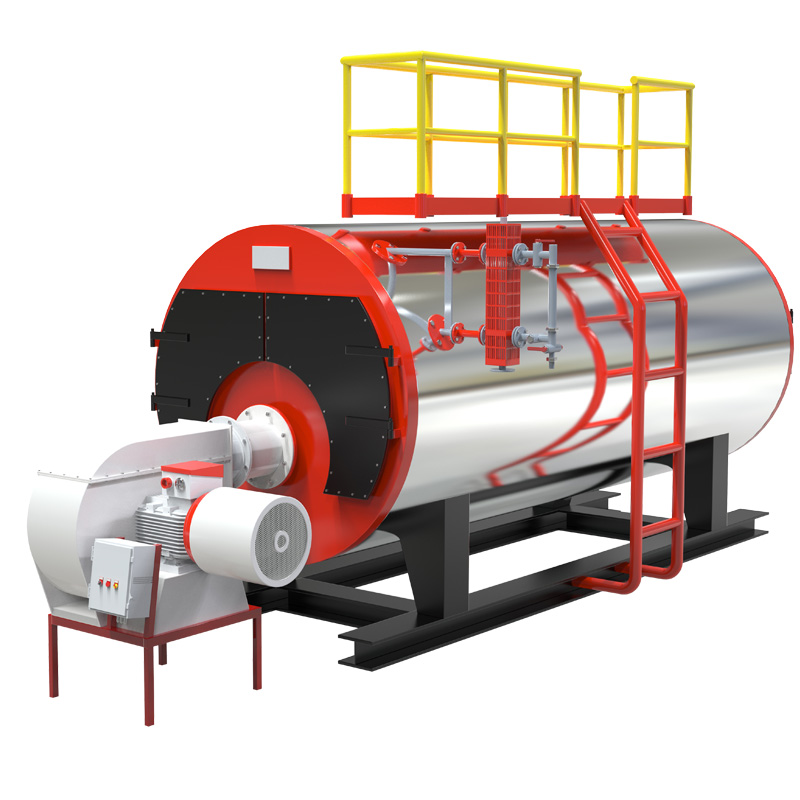
Oct . 19, 2024 19:16 Back to list
how to drain a hot water boiler
How to Drain a Hot Water Boiler A Step-by-Step Guide
Draining a hot water boiler is an essential maintenance task that homeowners should be familiar with. Regularly draining your boiler ensures that it operates efficiently and extends its lifespan. Over time, sediment and mineral deposits can accumulate at the bottom of your boiler, affecting its performance and efficiency. This guide will provide you with a step-by-step process on how to drain a hot water boiler safely and effectively.
Understanding Your Hot Water Boiler
Before you begin the draining process, it’s crucial to understand the type of hot water boiler you have. Most residential systems are either natural gas or electric units. Regardless of the type, the draining process remains relatively similar across various models, but always refer to your manufacturer’s instructions for specific guidelines related to your boiler.
Safety Precautions
Safety should always come first when dealing with any heating system. Here are some essential precautions to take before starting
1. Turn Off the Power Supply If you have an electric boiler, switch off the power at the breaker box. For natural gas boilers, turn off the gas supply to the unit.
2. Allow the Boiler to Cool Wait for at least several hours after shutting it down to allow the water to cool. Hot water can cause severe burns.
3. Gather Necessary Tools You will need a garden hose, a bucket, a wrench, and a towel. Make sure you have everything on hand before starting.
Step-by-Step Draining Process
1. Locate the Drain Valve Identify the drain valve at the bottom of the boiler. It generally resembles a standard faucet or spigot.
how to drain a hot water boiler

2. Connect the Hose Attach a garden hose to the drain valve. Ensure that the other end of the hose leads to a floor drain or outside, where the drained water can flow without causing damage.
3. Open the Drain Valve Using a wrench, carefully turn the drain valve counterclockwise to open it. Water will begin to flow through the hose. Be cautious about any hot water that may escape initially.
4. Vent the System To allow the water to drain smoothly, open a hot water faucet in your home (preferably the farthest one from the boiler). This venting step creates a pathway for air to enter the system, which helps the water drain more efficiently.
5. Drain Completely Allow the water to flow out until it runs clear. This process may take some time, depending on the size of your boiler and the amount of sediment present in the tank.
6. Close the Drain Valve Once the water has drained completely, close the drain valve by turning it clockwise. Ensure that it’s closed tightly to prevent leaks.
7. Remove the Hose Disconnect the garden hose from the drain valve, making sure any remaining water inside the hose drains out.
8. Refill the Boiler To refill the boiler, close any hot water faucets you opened earlier, and slowly turn on the water supply to the boiler. Watch for leaks at the drain valve as the tank fills. If you notice any leaks, turn off the water and tighten the valve.
9. Restore Power After the boiler is filled, turn the power or gas supply back on. Allow the boiler to operate as per the manufacturer’s instructions.
10. Check for Proper Operation Once the system is back on, check the temperature and pressure gauges to ensure everything is functioning correctly. Listen for any unusual noises that could indicate a problem.
Conclusion
Draining a hot water boiler is a straightforward process that plays a vital role in maintaining the efficiency and longevity of your heating system. By following the steps outlined above, you can ensure your boiler runs smoothly and effectively. If you encounter any issues or are uncertain about any step, do not hesitate to contact a professional technician for assistance. Regular maintenance, including draining your boiler, will keep your home warm and comfortable while reducing energy costs over time.
-
High-Efficiency Gas Thermal Oil Boilers | HPT Models
NewsJul.31,2025
-
Oil Fired Hot Water Boilers Sale - High Efficiency & Affordable
NewsJul.31,2025
-
High-Efficiency Commercial Oil Fired Steam Boiler for Industry
NewsJul.30,2025
-
High-Efficiency Biomass Fired Thermal Oil Boiler Solutions
NewsJul.30,2025
-
High Efficiency Gas Fired Thermal Oil Boiler for Industrial Heating
NewsJul.29,2025
-
High-Efficiency Gas Fired Hot Water Boiler for Sale – Reliable & Affordable
NewsJul.29,2025
Related PRODUCTS






















